Performance-based Web Design Can Be Creative Too
How do you do performance-based web design without putting your creatives in a straight jacket? We asked a designer that has been put in that very situation.
A group of kids goes to visit a ranch. Behind the ranch house the land stretches uninterrupted to the horizon. The rancher suggests that the kids go out and play. If you tracked the paths of these naturally curious children, you’d find that they stayed close to the ranch house, not venturing far out onto the land. They would tend to remain in safe groups as they played.
The next summer, the kids visit the ranch again. This time, the rancher has built a fence to create a large back yard. Again, the rancher sends the children out to play. This time, their paths would be quite different. You would see them venturing out to the very edges of the yard, exploring in this smaller-but-manageable space. They would move more freely and play more independently.
Now, this parable is based on studies of rats. I’ve turned the data into a more relatable story.
Like the wide open land, the web offers an open expanse of design possibilities. If you believe the research and my parable of the ranch kids, you’ll agree that this may be a bad thing. The study of rats indicated that open spaces elevated anxiety in the rats, while the enclosed space reduced anxiety.
If you’re designing for the web, you are in an open space of possibility. This, according to the research, results in an anxiety response. There’s a whole lot more unknown out there, and every place feels dangerous.
Alternatively, if you fence yourself in, you actually increase the area of consideration. Anxiety is reduced, exploration is increased. But you also quickly find the boundaries.
I keep this study in mind, because I see data as a fence. It creates an enclosed space, a space that can encourage exploration, but it can also create the sense of limitation. Designers are a tough bunch. They want guidelines, but they hate the idea of limits.
This makes them seem like divas, difficult to please in any situation. So what is a data-driven marketer to do?
I decided to put a web designer on the spot.
How do you deal with designers who want guidance, but hate limitations? In other words, how do you introduce data into the design process without putting your creatives in a straight jacket?
I asked a designer. In fact, I asked a designer who we’ve been doing this to for over a year now.
Tom Niemeyer has been the designer-among-nerds here at Conversion Sciences. If there is any doubt that conversion optimization can be improved by a good sense of design, Tom has put it to rest for us.
For me the question is this: How close to the ranch house do you put the fence? This topic required two episodes. Listen to what he says in part one..
“Sometimes we’re running from our old Website more than running toward the new Website”
The three D’s of Web Design
The three “D”s that Tom talks about are fences.
Deadlines. Decision-makers. Desire paths. What are the primary limiters of your design process?
This is going to require some honesty on your part.
On a scale of one to five rate your current project.
- One to five: The deadline is King.
- One to five: The decision maker is the Queen.
- One to five: The end-user is the one-eyed Jack.
How did you score? Most likely there are two that dominate. And this pattern shows up in all of your projects.
Would your teammates agree? Maybe you should ask.
In Part 2 of my conversation with Tom we talk about defending your design with data. Subscribe to get that next episode. And, don’t forget to send us your questions – podcast@conversionsciences.com.
Now go science something.
Resources Discussed
Quick Links
- How to Compare Data When You Move from Google Analytics to GA4 - April 7, 2023
- CRO and SEO Working Together with Jason Fisher - November 17, 2022
- Why Web Design for Conversion Needs Science - May 4, 2022


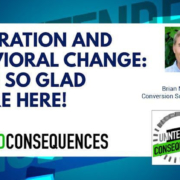
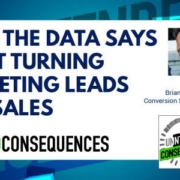
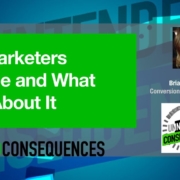

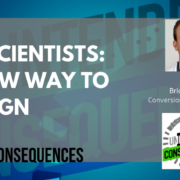
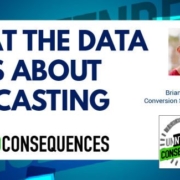









Thanks for sharing content